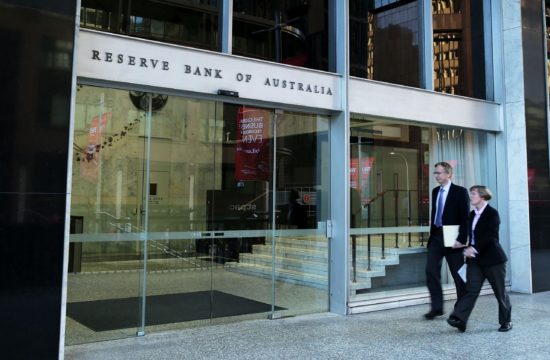Canadians expect their economic policy makers to do what it takes to support them in this difficult period. The circumstances we face today require all hands on deck. Each institution is acting within its respective mandate to deliver a powerful confidence-boosting package of measures for consumers, business and financial markets. For its part, the Bank of Canada has been working hard to ensure the financial system has sufficient liquidity so that credit continues to be available to businesses and households. To recap:
On Monday, the Bank adjusted its liquidity operations to maintain market functioning and credit availability. The Bank has broadened eligible collateral for its term repo facility to help maintain funding conditions by providing a backstop to regular private funding. These will complement the reduction in bank capital buffers announced last week by the Office of the Superintendent of Financial Institutions. All of these actions will support lending by banks to consumers and companies.
The Bank is also providing extra support to the Canada Mortgage Bond market so that this important funding market continues to function well. The first purchase under this new program took place yesterday.
To help the economy cope with the negative shocks of COVID-19 and the recent sharp drop in oil prices, the Bank has reduced its benchmark interest rate by 100 basis points in two steps. The first 50 basis point cut was on March 4, and we cut a second time on Friday. Our benchmark interest rate now stands at 0.75%.
The Bank has also broadened the scope of the Government of Canada bond buyback program, added new term repo operations, and introduced a new Bankers’ Acceptance Purchase Facility that starts next Monday (March 23).
In the days to come, the Bank will launch its new Standing Term Liquidity Facility. This new funding mechanism is focused on individual financial institutions rather than the market as a whole. It is intended to give an eligible institution that is viable, but facing a sudden stress to its liquidity, access to central bank liquidity on terms that are known in advance. Governing Council hopes that institutions facing liquidity issues will make use of this new facility.
Canadian banks also conduct parts of their business in US dollars. On the weekend, the Bank of Canada joined with its counterparts in the United Kingdom, Japan, Europe, the United States, and Switzerland on a coordinated action to provide liquidity via the standing US dollar liquidity swap line arrangements.
The Bank of Canada is taking concerted action to support the Canadian economy during this period of economic stress. We have introduced these new measures and we are watching how market performance improves. We are closely monitoring market developments and we stand ready to provide all the liquidity the financial system needs so that it can continue to serve Canadians.














